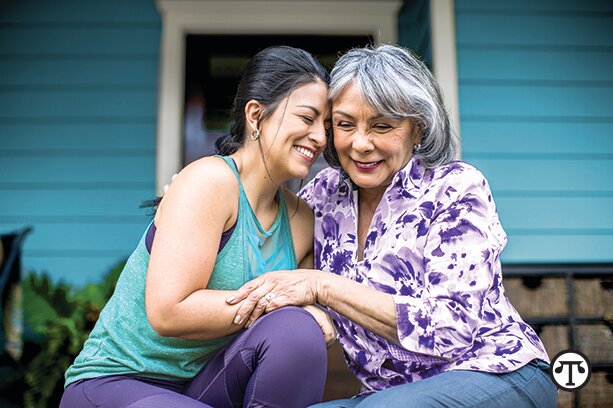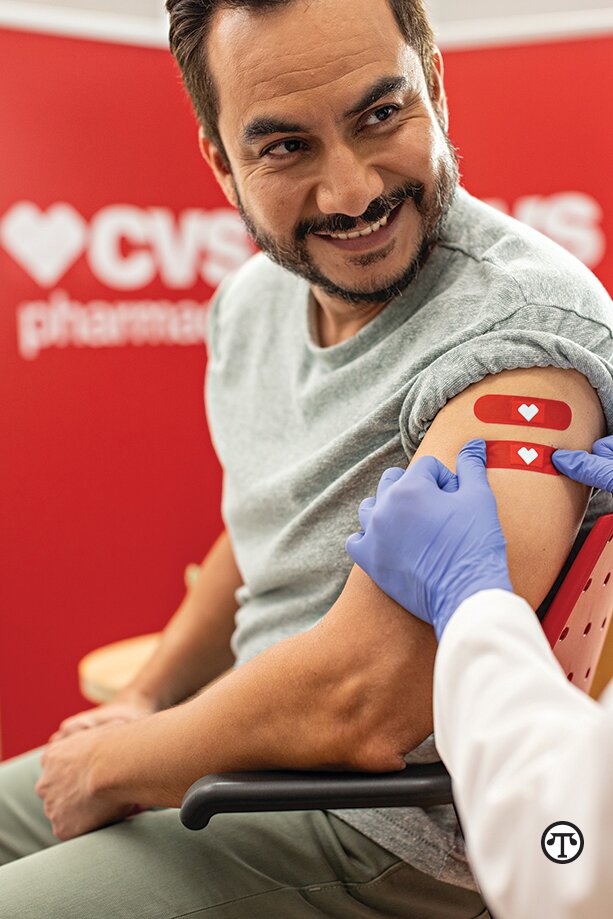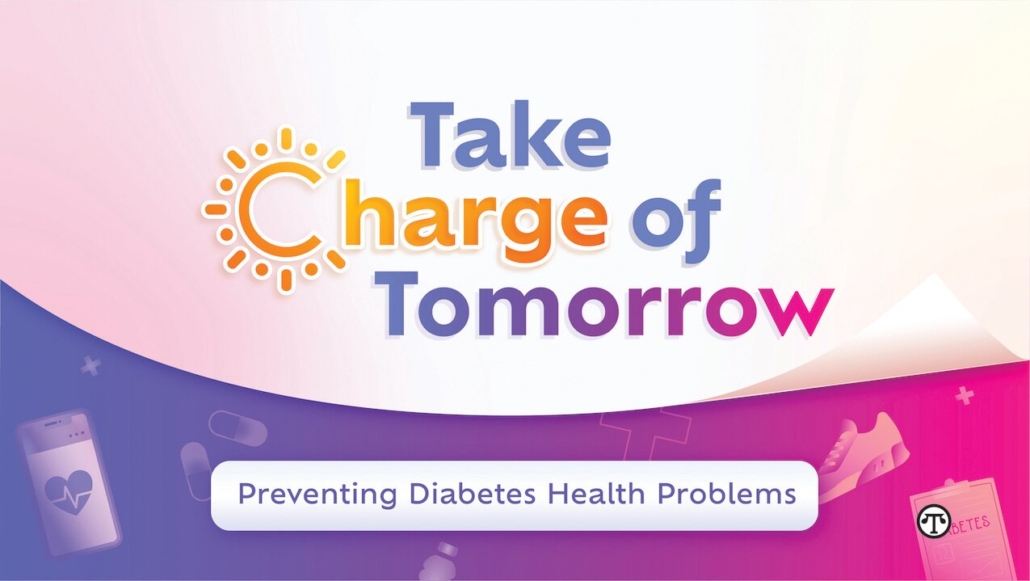FOR YOUR HEALTH: Diabetes is More Common Than You May Realize
 Early screening, lifestyle changes and personalized medical care can help you protect yourself from this life-altering disease.
Early screening, lifestyle changes and personalized medical care can help you protect yourself from this life-altering disease.
(NAPSI)—If you or someone you care for is among the 1 in 3 U.S. adults estimated to have prediabetes, a condition where blood sugar levels are higher than normal but not high enough yet to be diagnosed as type 2 diabetes, or is among the nearly 40 million Americans the Centers for Disease Control and Prevention (CDC) estimates have diabetes, chances are good you or the person you care for won’t even know it.
That’s because nearly 90% of those who have prediabetes have no clear symptoms and aren’t aware they have it, and thus have an increased risk of developing diabetes.
One reason may be that people often think diabetes is a disease of old age and aren’t on the lookout. In fact, adults aged 45-64 receive the majority of new diabetes diagnoses in the U.S. and the country has seen increases in disease prevalence among those 18-44.
What You Can Do
Diabetes can affect health and quality of life at any age, but you can protect yourself three ways:
1. Be proactive – know your numbers, know your risk: From race and ethnicity, to genetics, weight and more, knowing your risk factors is the first and best step you can take in preventive measures to mitigate your risk of developing diabetes.
One of the top risk factors for developing type 2 diabetes is race and ethnicity. Type 2 diabetes is associated with increased mortality in ethnically diverse populations, specifically Hispanics and African Americans. Both Hispanic and African American adults are 60% more likely than non-Hispanic and non-African American white adults to be diagnosed with diabetes by a physician, with both populations being more likely to die or be hospitalized for the treatment of end-stage kidney disease related to diabetes.
2. Make good lifestyle choices: Strategies to stay as healthy as possible and prevent diabetes and other chronic diseases include:
• Make healthy food choices.
• Walk and integrate other forms of exercise into your daily routine.
• Stop smoking.
• Track your glucose levels.
• Get preventive testing and screening for kidneys, blood pressure, cholesterol and cancer.
• If you do develop diabetes, work with your primary care provider to develop and follow a diabetes care plan.
Modest weight reduction (5-10% of baseline weight) and increased physical activity to at least 150 minutes per week can reduce the incidence of diabetes by more than 50%.
3. Know your diabetes status: Get screened early (by age 35), especially if you have any risk factors.
Who Can Help
As part of Signify Health’s In-Home Health Evaluations (IHEs), clinicians administer diabetes screenings while providing the personalized support and guidance you can take to prevent diabetes onset and better manage your health.
These clinicians will also review your medications and health status, while answering any questions you may have about your conditions. For people living with diabetes, these in-home screenings and services can be critical. As many as 60% of people with elevated HbA1c or sugar levels, for example, are not following their treatment plan.
Both Signify’s IHEs and the recently announced diabetes Focused Visits are designed to be supplementary to a doctor’s office visit, help close quality care gaps, slow chronic disease progression with education and customized care planning, and reduce hospitalizations—all from the convenience and comfort of a health plan member’s home.
To take the first step toward managing diabetes risks, visit the self-scheduling portal at www.HelloSignify.com to see if you’re eligible for an In-Home Health Evaluation.




 You can arm yourself and your family against respiratory illnesses that can ruin the holidays and much more.
You can arm yourself and your family against respiratory illnesses that can ruin the holidays and much more. (NAPSI)—November is National Diabetes Month, when communities across the country spread awareness about diabetes.
(NAPSI)—November is National Diabetes Month, when communities across the country spread awareness about diabetes.



